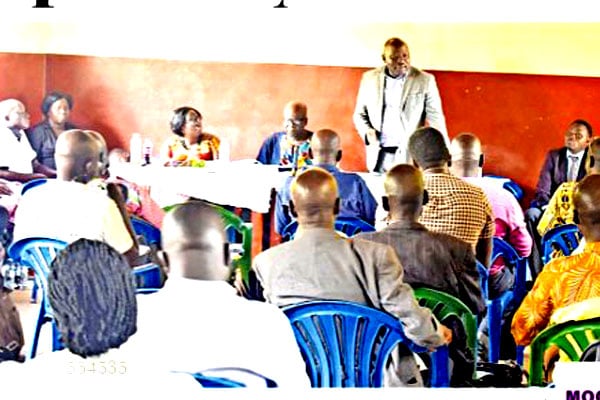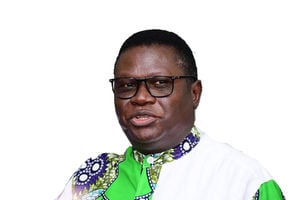Tackle low rate of school completion

What you need to know:
- According to a report from the Amuru District’s education department, at least 42,342 learners who joined primary school in 2017 will not complete their primary education circle this year
More than 90 percent of the pupils who enrolled for Primary One in Amuru District in 2017 have failed to complete the primary school circle.DM bodytext: While releasing the mock examination results this week, district officials expressed concern at the number of learners who have dropped out of school.
According to a report from the Amuru District’s education department, at least 42,342 learners who joined primary school in 2017 will not complete their primary education circle this year. The report noted that the district registered 46,000 learners from 51 government-aided schools and two private primary schools in the 2017 cohort. However, as of this year, only 3,658 are registered for Primary Leaving Education (PLE).
This means less than 10 percent of the original 46,000 pupils will complete primary school this year. A total of 2,109 of the candidates in Amuru are boys while 1,549 are girls.
The district officials pointed out challenges such as few government schools, limited funding for education, inadequate staff houses and classroom blocks, and salary discrepancies as some of the reasons that have occasioned the mass dropout of pupils.
But the events in Amuru are not isolated. According to figures from the government, from 2016 nearly two million pupils were registered annually in Primary One, but less than half of them complete Primary Seven.
The Ministry of Education and Sports admits that the low rate of primary school completion – which the ministry puts at 32 percent – is worrying, with the education minister and First Lady, Ms Janet Museveni, calling for a concerted effort from all stakeholders if the trend is to be reversed.
It is our appeal that school administrators, parents, government and learners join hands to tackle the low rate of school completion. More than one million learners failing to finish P7 annually should worry all of us.
And to address this trend, we need to address the challenges affecting the sector. Financial constraints have been pointed out as one of the major factors that lead to the high dropout rates.
Despite the government rolling out the Universal Primary Education (UPE) that is supposed to be free, some school authorities have added some fees that some parents find exorbitant. These fees that assist in running the school need to be harmonised so that they don’t turn away some parents.
But to ask UPE schools not to charge learners any money without increasing the capitation grant is an exercise in futility. The current Shs20,000 per pupil annually is not enough to run schools properly. The government needs to invest more in the education sector if we are to keep learners in schools.




